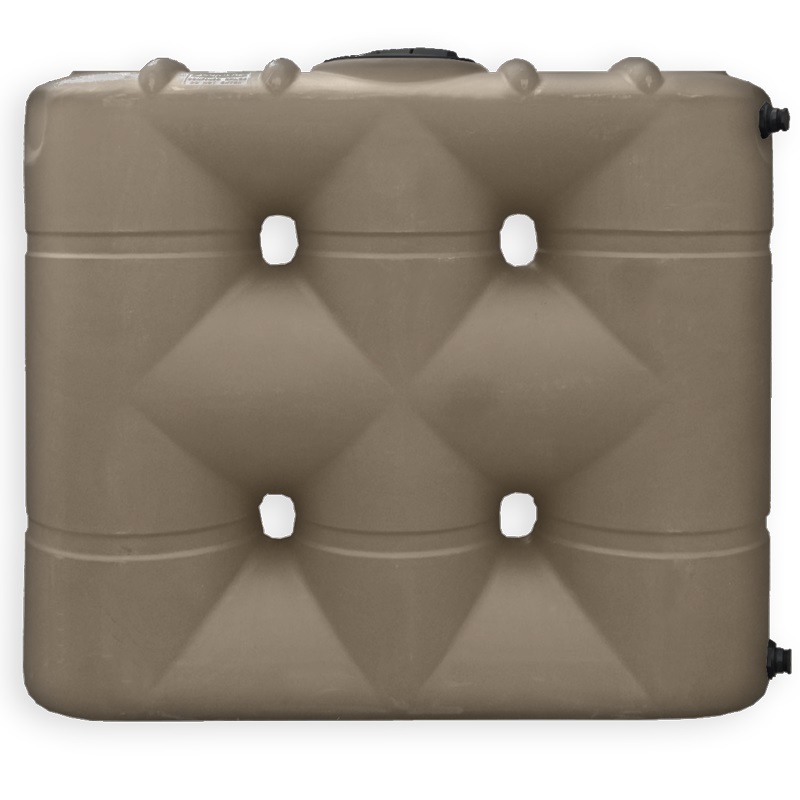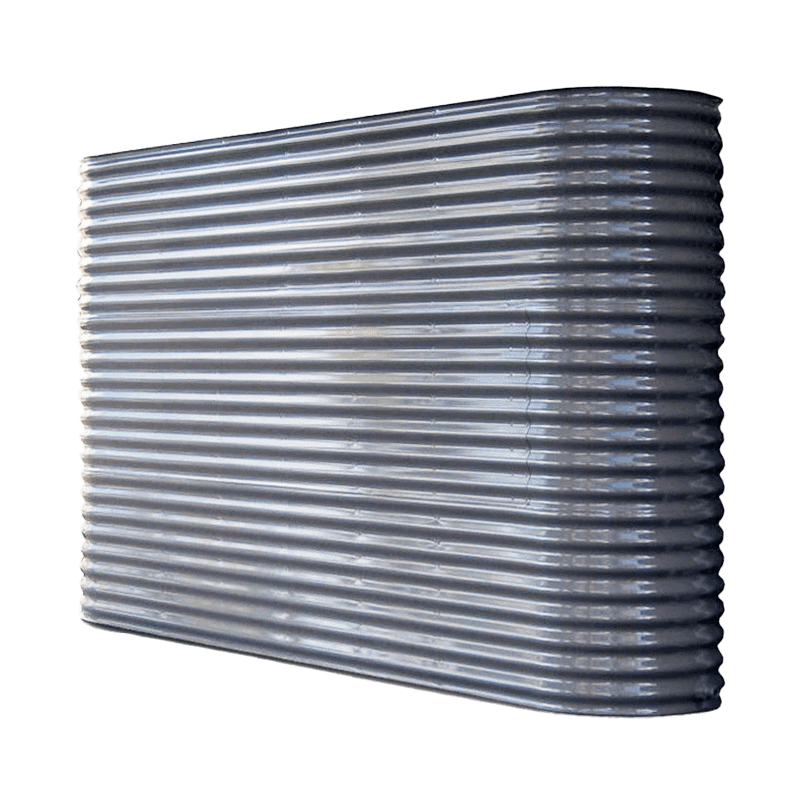Unveiling the Advantages of Rainwater Storage Tanks in Minimizing Water Costs and Ecological Influence
In a world where sustainability and cost-efficiency are progressively important, the application of rainwater containers offers a functional and eco aware service. The advantages of integrating rain storage tanks right into household or industrial homes extend beyond plain water bill reductions. By checking out the complex advantages of such systems, one can reveal a wealth of understandings right into exactly how they add to a more sustainable future while favorably affecting both funds and the setting.
Expense Cost Savings Through Rain Tanks
When taking into consideration the application of rainwater containers, considerable cost financial savings can be achieved with effective water management techniques. Rain harvesting supplies a lasting service that not just minimizes water costs however also reduces the strain on metropolitan water sources. By capturing and storing rainwater for numerous non-potable usages such as watering, commode flushing, and washing, homes and companies can considerably reduce their dependence on cured water from the grid, resulting in substantial cost savings over time.
Among the main cost-saving advantages of rain tanks is the decrease in water energy expenses. By making use of collected rain for tasks that do not call for potable water, such as sprinkling yards or cleaning cars and trucks, people can reduce their overall water consumption from the keys supply, resulting in decreased water bills. Furthermore, rain tanks can aid reduce the influence of water limitations or dry spells by supplying an alternative water resource for vital jobs, making sure connection in supply of water without incurring excessive prices. On the whole, spending in rainwater containers can cause long-lasting economic cost savings while promoting water preservation and sustainability.

Ecological Influence Reduction
Applying rainwater storage tanks not just results in expense financial savings but additionally adds substantially to reducing the environmental effect related to water intake. By capturing rainwater that would otherwise run into tornado drains pipes, rainwater tanks assist ease stress on standard water sources like rivers and tanks. This minimized need for municipally treated water causes power savings and a reduction in the carbon footprint connected with water therapy and circulation processes.
In addition, making use of rain for activities such as gardening, watering, and cleaning lowers the demand for using cured water for non-potable objectives. This conservation of potable water aids in maintaining water sources for vital uses and decreases the energy-intensive procedures entailed in dealing with water to meet drinking standards.

Water Bill Reduction Perks
The setup of rain storage tanks uses significant financial benefits through reductions in water costs. By collecting and saving rainwater for different home utilizes, such as watering yards, purging toilets, or doing laundry, homeowners can substantially reduce their reliance on the community water system. This, consequently, leads to a visible decrease in water usage from conventional resources, resulting in reduced water bills at the end of each billing cycle.
Rain is a free and lasting source that can supplement or also change the requirement for using cured water for non-potable purposes. Because of this, families with rain storage tanks can see a substantial decline in their overall water expenditures gradually. In addition, throughout periods of water constraints or dry spell, having a rainwater container can offer a beneficial alternate water resource, more reducing the dependence on expensive metropolitan water supplies.
In essence, purchasing a rainwater container not only adds to environmental preservation however additionally supplies concrete economic benefits by minimizing water costs and promoting long-lasting cost savings for homeowners.
Sustainable Water Monitoring Solutions
Provided the financial advantages and lowered reliance on metropolitan water materials that rainwater tanks provide, discovering read more lasting water administration options ends up being a logical next action for property owners seeking to maximize their water usage. Sustainable water monitoring entails applying methods that effectively and sensibly make use of water sources while decreasing waste and environmental influence. Rain harvesting, which involves collecting and keeping rainwater for later usage, is a vital part of sustainable water monitoring. By using rain storage tanks to catch and save rainwater, house owners can reduce their dependancy on conventional water resources, such as municipal products or groundwater, thus adding to water conservation initiatives.

Along with rainwater harvesting, sustainable water administration services may include carrying out water-efficient appliances, components, and landscaping techniques - Slimline water tanks. Mounting low-flow commodes, showerheads, and faucets can considerably reduce water intake within families. Integrating drought-resistant plants and utilizing wise watering systems can help lessen water usage for outside landscape design. By embracing these sustainable water administration methods, look at this site home owners can not just maximize their water use but also add to environmental preservation and lower their water expenses over time.
Neighborhood Water Resource Preservation

Additionally, area participation can reach the execution of water-saving modern technologies and practices on a bigger scale. Motivating the adoption of rainwater tanks, greywater recycling systems, and reliable watering content techniques within communities can lead to substantial reductions in water intake. In addition, cultivating a feeling of collective responsibility for water preservation can advertise lasting behaviors and techniques amongst neighborhood members.
Furthermore, community water resource conservation initiatives can lead the way for more powerful bonds amongst residents and a shared dedication to environmental stewardship. By working with each other to secure and protect water resources, areas can add dramatically to a more sustainable and resistant future.
Conclusion
Finally, rainwater containers provide significant price financial savings, environmental benefits, and contribute to lasting water administration services. By decreasing water bills, preserving water resources, and minimizing ecological impact, rain tanks play a crucial duty in promoting water preservation and sustainability - Slimline water tanks. Their implementation not just benefits specific houses but likewise adds to the wider goal of area water source management and conservation